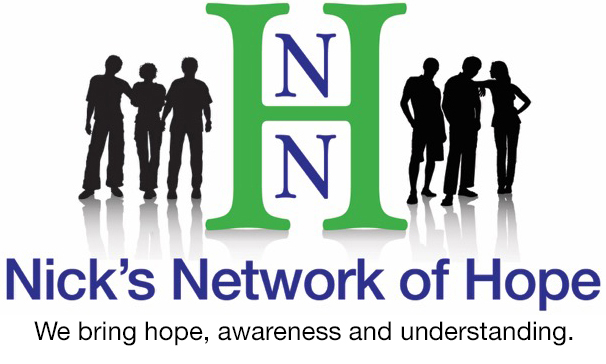
Love Yourself and Cause Yourself No Harm
What is Self-Harm?
Self-Harm occurs when someone intentionally and repeatedly harms oneself. It is a bigger umbrella that includes eating disorders and alcohol abuse. Usually, the method of self-injury is by cutting, but other common methods are burning, punching, and drinking something harmful, like bleach or detergent. Self-injury is a coping mechanism. An individual harms their physical self to deal with emotional pain or to break feelings of numbness by actively triggering an arousal sensation.1
Myths and facts about Cutting and Self Harm from HelpGuide.org
Myth: People who cut and self-harm are trying to get attention.
Fact: People who self harm typically do so in private. They aren’t trying to manipulate others. Shame and fear make it more difficult to reach out for help.
Myth: People who self harm are disturbed or dangerous.
Fact: Just like millions of others in the general population, people who self injure suffer from depression, anxiety, or prior trauma- so this doesn’t make them disturbed or dangerous. Self-injury is how they cope.
Myth: People who self-harm want to die.
Fact: Usually, they do not want to die. They are just trying to cope with their problems, and pain may be a way for them to continue living. In the long term, however, people who self injure have a much higher risk of suicide; which is why it is so important to seek help.
Myth: If the wounds aren’t bad, it isn’t so serious of a problem.
Fact: There is no direct relationship between the severity of the wounds to the seriousness of the problem. Never assume that if the wounds or injuries are minor, there is not much of an underlying problem.2
Warning Signs a Person is Cutting or Self-Injuring from HelpGuide.org
Clothing and covering up with a seemingly “calm” disposition might lead one to believe a person is not cutting or self-injuring, but look for some of these red flags:
- Unexplained wounds, scars, and injuries from bruises, cuts, or burns typically on the wrists, arms, thighs, or chest
- Frequent “accidents,” being clumsy or having minor mishaps time and time again as an explanation for injuries
- Bloodstains on clothing, bedding, towels, bandages, or tissues
- Covering Up injuries with clothing like long sleeves and pants even in hot weather
- Need to be alone for long chunks of time, especially in the bathroom and bedroom
- Isolation and Irritability as the person struggles to cope with pressure and their problems3
Theories as to Why People Self Harm (reasons vary from person to person)
- Express and deal with feelings of emotional pain and distress that can’t be put into words
- Release inner feelings of pain and tension
- Help feel in control
- Distract from overwhelming emotions or difficult life situations
- Relieve guilt and punish self
- Feel alive or feel something other than numbness4
The urge to hurt yourself may start with overwhelming anger, frustration, or pain. When a person is not sure how to deal with emotions or learned as a child to hide emotions instead of showing them and talking them, then self-harm may feel like a release of those emotions. Self-harm sometimes stimulates the body’s endorphins or pain-killing hormones and then raises a person’s mood. Sometimes if a person doesn’t feel many emotions, he/she might cause self-pain to feel something “real” to replace emotional numbness.
Once a person injures herself, she may feel shame or guilt. If that shame leads to intense negative feelings, that person may self-harm again, thereby creating a dangerous cycle and longtime habit.5
Reason to Stop Self-Harming
The relief that comes from self-harming doesn’t last very long. It provides a temporary “fix” but does not address the underlying problem. It also creates its own problems like scarring and risk of infection. The secrecy of hiding the problem negatively affects relationships with family and friends, causing a person to feel even more isolated, trapped, and worthless.
Go to Our Get Help page for Cutting and Self-Injury for more reasons to stop self-harming and for steps to help quit. There you will find tips for: talking about cutting and self-harm, finding new coping techniques, what to look for when seeking professional help.
- Lifesigns.org.uk. Retrieved from lifesigns.org.uk/what/ ↩
- HelpGuide.org. Retrieved from https://www.helpguide.org/articles/anxiety/cutting-and-self-harm.htm (with permission) ↩
- HelpGuide.org. Retrieved from https://www.helpguide.org/articles/anxiety/cutting-and-self-harm.htm(with permission) ↩
- HelpGuide.org. Retrieved from https://www.helpguide.org/articles/anxiety/cutting-and-self-harm.htm (with permission) ↩
- National Alliance on Mental Illness (NAMI). Retrieved from https://www.nami.org/Learn-More/Mental-Health-Conditions/Related-Conditions/Self-harm ↩
